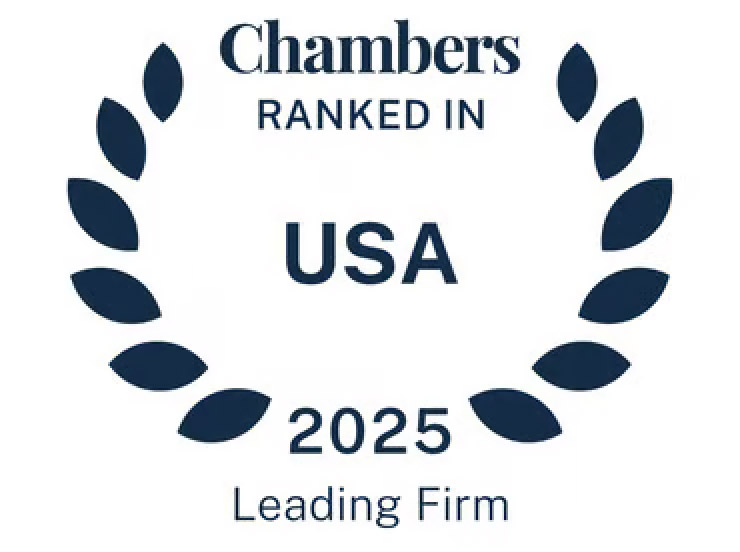KEVIN E. NOLT, November 2017
Recent guidance by the Internal Revenue Service (IRS) impacts the funding rules applicable to defined benefit pension plans. As described below, the guidance changes the mortality tables used for minimum funding (and other) purposes and the process used to modify a plan’s funding methods. We recommend that plan sponsors and administrators evaluate the potential impact of these changes with their plan actuary and third party administrator.
New Pension Mortality Tables
On October 3, 2017, the Department of the Treasury and IRS issued final regulations prescribing the mortality tables to be used by most defined benefit pension plans. These regulations are the result of the Pension Protection Act of 2006, which directed the IRS to review the mortality tables at least every ten years and to update them as needed to reflect actual mortality experience.
The tables specify the probability of survival year-by-year for an individual based on age, gender and other factors. The new tables are derived from the base tables contained in RP-2014 Mortality Tables Report and MP-2016 Mortality Improvement Scale. These mortality assumptions are used (together with the applicable interest rates) to calculate a defined benefit pension plan’s minimum funding requirements, funded percentage for benefit restriction purposes, Pension Benefit Guaranty Corporation (PBGC) variable premiums and the cost of lump sum payments. The final regulations mostly apply to single employer pension plans, but also have limited application to multiemployer pension plans.
The new mortality tables generally are expected to increase liabilities. While plan sponsors are liable for accrued benefits without regard to the mortality assumptions, the new tables may result in accelerated contributions to meet minimum funding requirements and may have an adverse impact on plans that are close to the 80% or 60% threshold of the benefit restriction rules. The cost of lump sums also is expected to increase, which makes certain de-risking opportunities (e.g., lump sum windows) more costly. PBGC variable premiums also are expected to increase, adding to what is already a significant component of the escalating costs of defined benefit pension plans. The above discussion assumes that other factors remain constant.
The final regulations also provide guidance for plan sponsors to adopt their own substitute mortality tables reflecting their actual participant experience. Plan sponsors that want to apply this option must submit an application to the IRS by February 28, 2018. We understand that some plan sponsors have engaged their actuaries or other consultants to perform mortality studies to determine if adopting substitute mortality tables would reduce the potential cost increase.
The final regulations are effective October 5, 2017, and generally are applicable to plan years beginning on or after January 1, 2018. There is a one-year transition rule that plan sponsors may use to apply the prior mortality tables for 2018 minimum funding requirements (but not for lump sum calculation purposes) if the plan sponsor determines that use of the new tables would be administratively impracticable or would result in an adverse business impact that is greater than de minimis. The plan sponsor also must inform the plan’s actuary of its intent to apply this transition rule.
The IRS also released the following guidance related to these final regulations:
- Notice 2017-60 provides the new mortality table to be used to determine lump sum payments beginning in the 2018 calendar year and the updated mortality tables for 2018 determined under the prior regulations. The updated mortality tables determined under the prior regulations apply to plan years beginning in 2017 with respect to valuation dates occurring in 2018 and to plans that elect the limited transition relief described above.
- Revenue Procedure 2017-55 provides procedures for obtaining approval to use substitute mortality tables for pension funding purposes.
Pension Funding Method Changes
Following its issuance of the final mortality table regulations, on October 10, 2017, the IRS issued updated revenue procedures providing defined benefit pension plan sponsors and administrators guidance on changing plan funding methods.
Revenue Procedure 2017-56 allows automatic approval of certain funding method changes for single-employer pension plans and modifies Revenue Procedure 2000-40 to reflect the requirements of Internal Revenue Code (Code) Section 430. Added by the Pension Protection Act of 2006, Code Section 430 specifies the minimum funding requirements that apply to single-employer defined benefit pension plans pursuant to Code Section 412, which provides minimum funding requirements that generally apply for pension plans. Under Code Section 412(d)(1), a change of funding method for a plan generally may take effect only if the change is approved by the IRS.
This revenue procedure provides automatic approval for three asset valuation method changes, automatic approval for two valuation date changes, and automatic approval for one type of change in the treatment of benefits funded through insurance contracts. It also provides automatic approval for a change in funding method in special situations in which there is a change in the plan’s actuary, the plan’s actuarial software or the data elements used in the actuarial valuation. Last, it provides automatic approval for a change in funding method for a fully funded terminating plan and in connection with a plan merger if certain conditions are satisfied. The plan sponsor or administrator must indicate on the Form 5500 for the plan year for which the change is effective that it agrees to the change in funding method. Other restrictions also may apply. Revenue Procedure 2000-40 will continue to apply to plans not subject to Code Section 430.
Revenue Procedure 2017-57, which applies to both single-employer and multiemployer plans, provides guidance for plan sponsors and administrators seeking approval of changes to their plan’s funding method. These procedures apply to funding method changes not covered by the automatic approval guidelines discussed above. This revenue procedure updates Revenue Procedure 2000-41 to reflect the requirements of Code Section 430.
This revenue procedure provides that a plan sponsor or administrator seeking to obtain approval for a change in funding method must make a written request for that approval that satisfies the general IRS procedures relating to the issuance of rulings, determination letters and opinion letters for employee plans and exempt organizations, the requirements of which are set forth in Revenue Procedure 2017-4. Such request generally must be made no later than 2-1/2 months after the close of the plan year in which the change is effective (with additional time if the change is due to a plan merger).
Both revenue procedures are effective for plan years beginning on or after January 1, 2018 but can be applied earlier.



